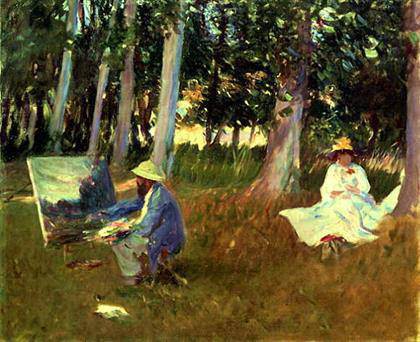
Jean-Michel Basquiat: Untitled, 1982
Acrylic and oil on linen, 193 x 239 cm
Museum Boijmans Van Beuningen, Róterdam
Photo: Studio Tromp, Róterdam
© The Estate of Jean-Michel Basquiat. Licensed by Artestar, New York

Jean-Michel Basquiat: Self-Portrait, 1984
Acrylic and oil on paper, mounted on canvas, 100 x 70 cm
Yoav Harlap Collection
© The Estate of Jean-Michel Basquiat. Licensed by Artestar, New York
Basquiat: Now’s the Time – Guggenheim Bilbao Guggenheim Museum Bilbao presents ‘Jean – Michel Basquiat: Now’s the Time’, one of the most important exhibitions ever devoted to this American artist and the first thematic examination of his output. July 3 – November 1, 2015.]]>
Source: Guggenheim Museum Bilbao
The exhibition features approximately one hundred key works organized around the themes that inspired Jean – Michel Basquiat in the course of his intense career, cut short by his untimely death at age 27.
Already famous at the age of 20 for his groundbreaking drawings and paintings, Jean-Michel Basquiat (b. 1960 – d. 1988) took the New York art world by storm in the early 1980s. He gained international recognition by creating powerful and expressive works that confronted issues of racism, politics, and social hypocrisy. Although his career was cut short by his untimely death at age 27, his works remain hugely influential. Described by the artist himself as a “ springboard to deeper truths about the individual ”, Basquiat’ s vivid and poignant work regularly referenced street art, given his beginnings in conceptual graffiti and his use of salvaged materials such as abandoned doors and packing c rates as canvases.
In 1976, Basquiat and his friend Al Diaz began spray – painting the walls of lower Manhattan under the pseudonym SAMO©, a reference to the saying “same old shit ”. Their work cleverly used and manipulated text with the intention of provoking passers-by. Basquiat’s renown quickly grew as he started a rock band, appeared in Edo Bertoglio’s indie film Downtown 81, and struck up a friendship with Andy Warhol. His first solo show, held in 1982 when he was just 21, sold out.
As a result of this sudden popularity, he found himself socializing and sharing ideas with celebrities like David Bowie and Madonna, whom he d ated for a short time. He also appeared in music videos and was featured on the cover of The New York Times Magazine . Now, 27 years after his death, his influence endures.
Basquiat’s innovative and provocative artistic approach translated the 1980s New Yo rk scene into a radical visual language that tackled issues of racism, class struggle, social hypocrisy, and black history. Inspired as much by high art —such as Abstract Expressionism and Conceptualism— as by hip hop, jazz, sports, comics, and graffiti, he used recurring motifs to explore issues that he constantly grappled with in his own art and life.
Related content
Jeff Koons: Retrospective – Guggenheim Museum Bilbao (exhibition, 2015)
Follow us on:


